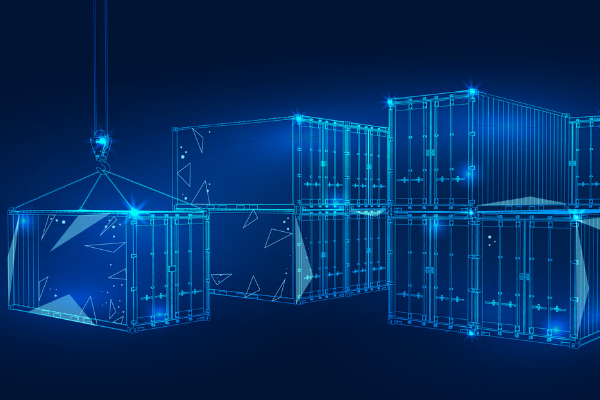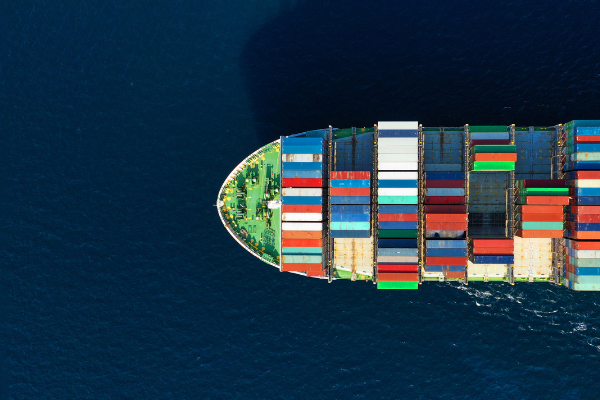23 Jun Navigating the Lines Between Container-Native and Container-Ready Storage
Containers changed the way applications were developed and delivered. This requires a complete rethinking of how we store, deliver, protect, and manage data. This is a once-in-a-generation opportunity to address fundamental data storage and management issues including data gravity, performance, cost and complexity of data protection, disaster recovery (DR), RPO, and granularity.
Container environments — more specifically Kubernetes, which is now the de facto container platform — see all resources as services.
View the full article from TDWI below.






